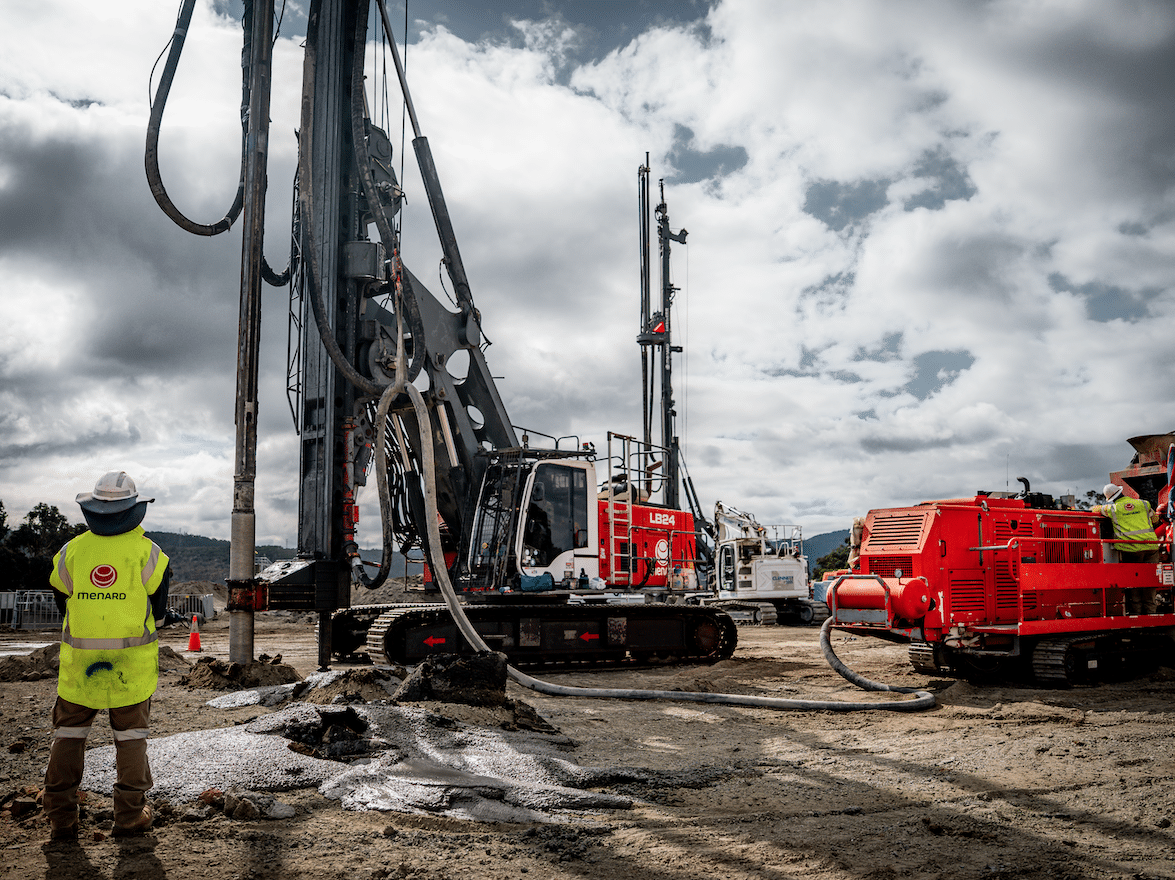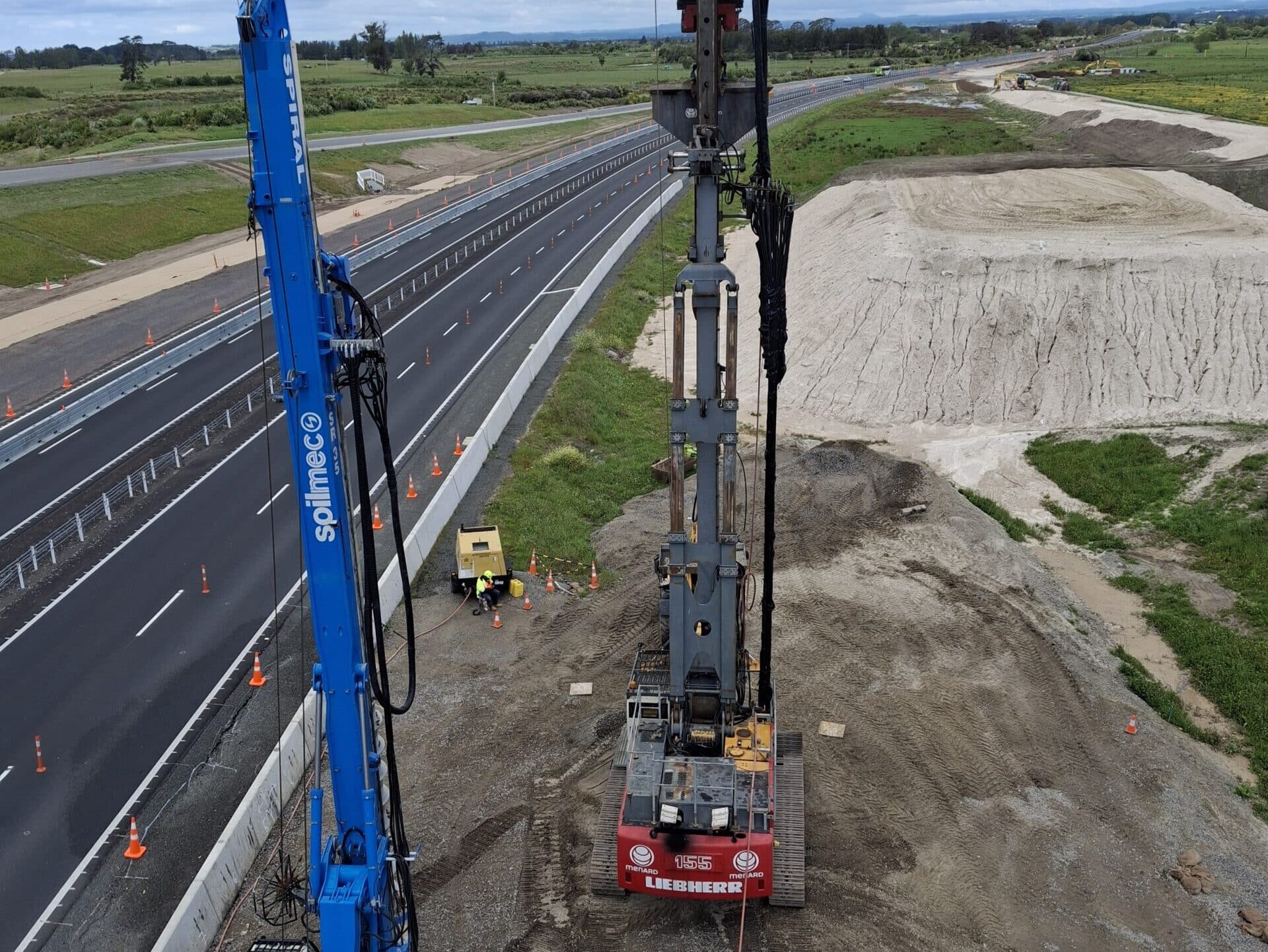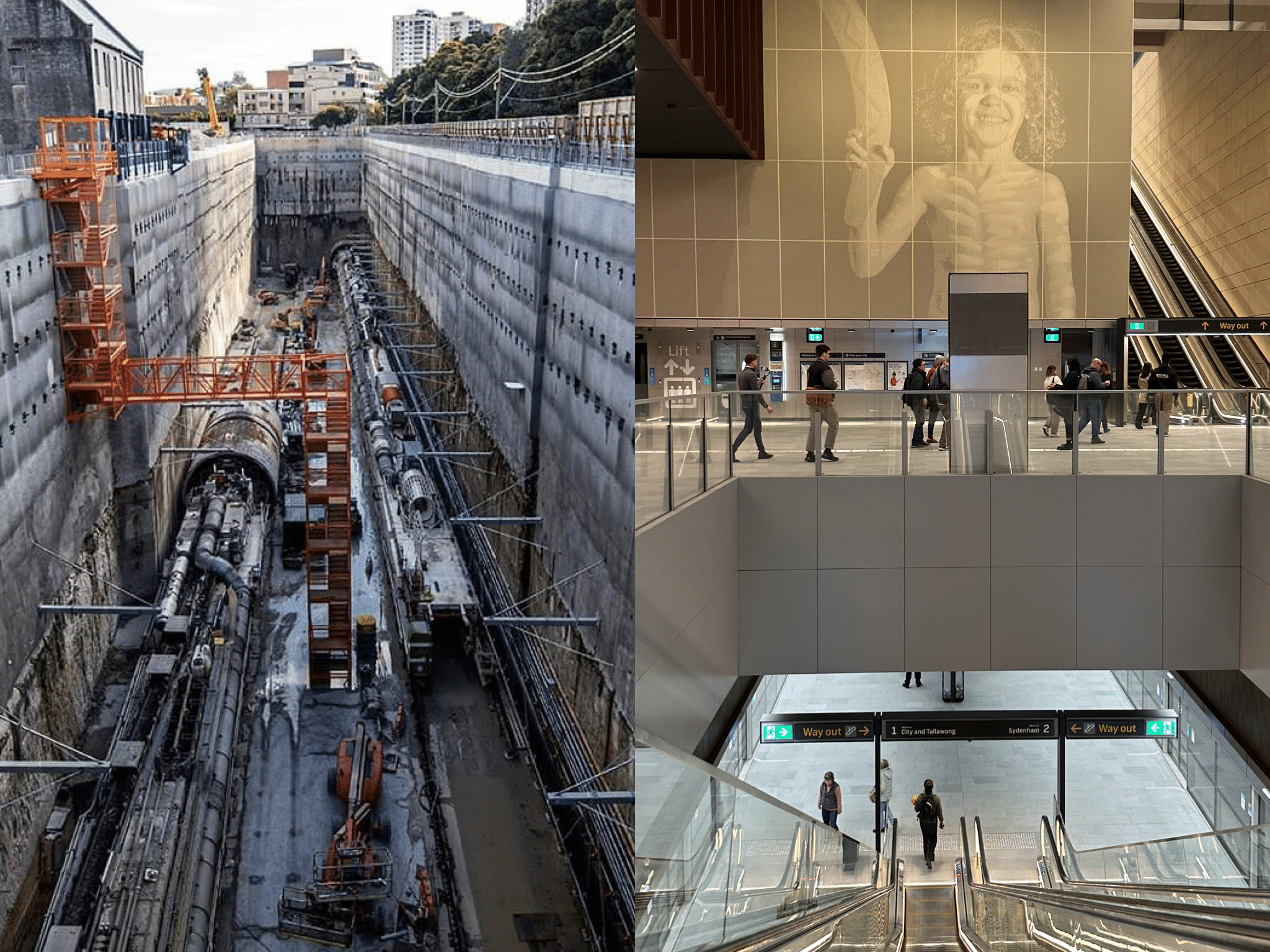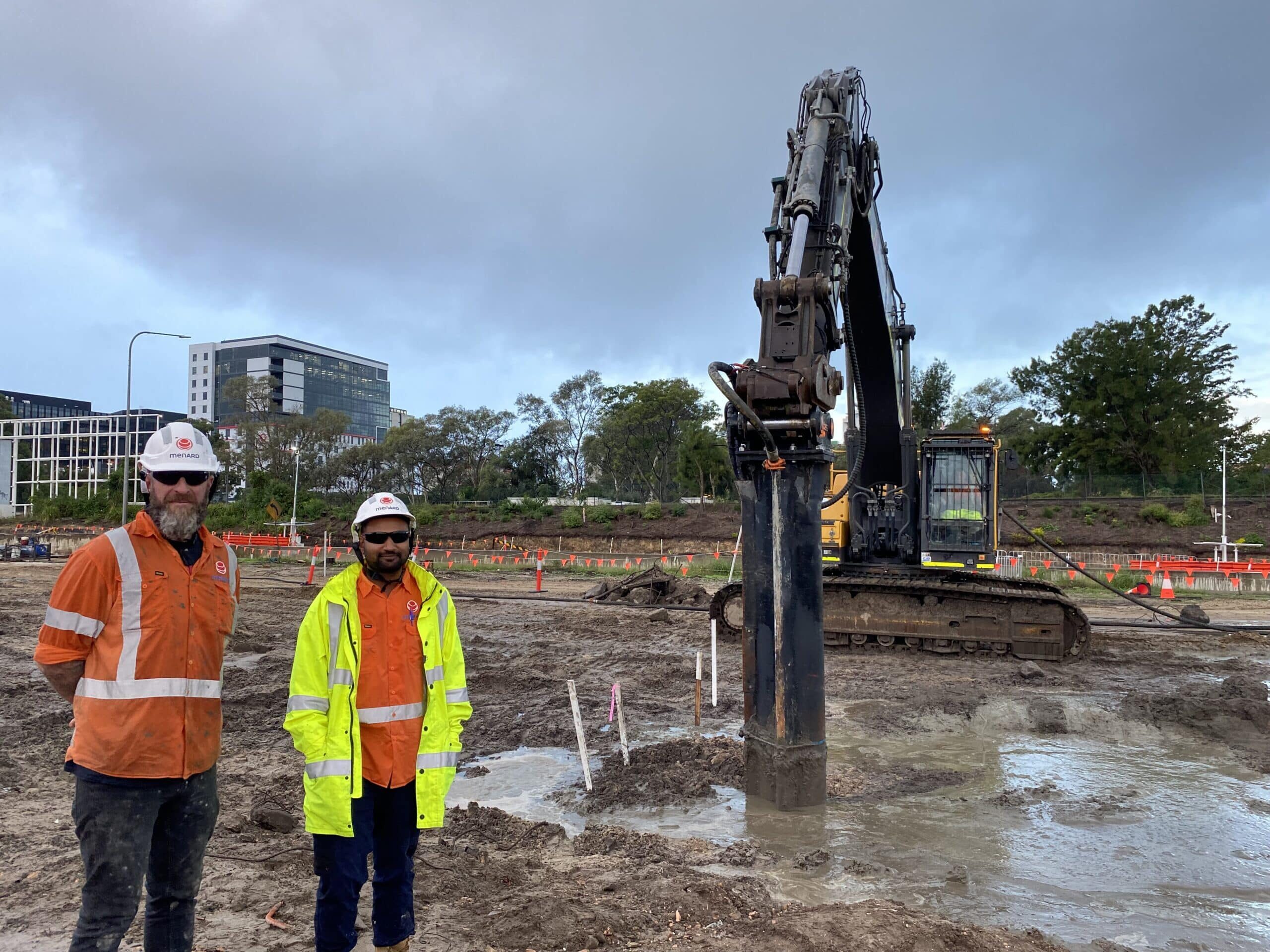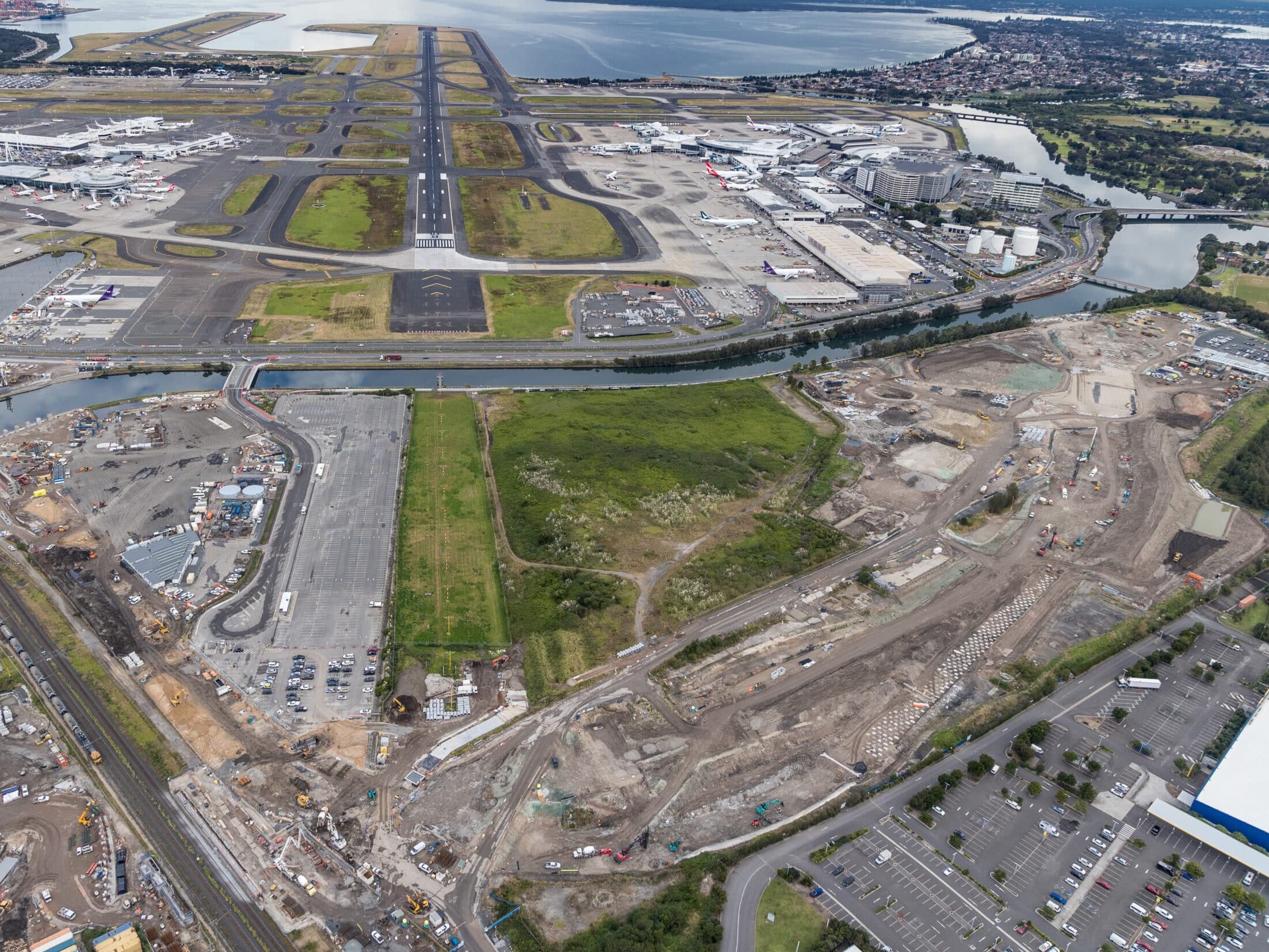Ports and Airports
Given the large surface areas (several hectares in many cases) which are generally required, lands for ports or airports platforms are often reclaimed from the sea using hydraulic or terrestrial backfill.
Cost-effective ground treatment techniques are very commonly used to treat such sites:
- To ensure the self-bearing and stability of the fill and existing soils
- To accelerate subsoil consolidation
- To improve retention systems
- To reduce long term residual settlements
- To reduce loads on quay walls
For these facilities to be built, our techniques provide economical solutions to consolidate these soils within a reduced timeframe.
In cases of strong seismic loading, the treatment can include measures to reduce or mitigate the risk of liquefaction. This type of project calls for the use of substantial resources to treat large surface areas within a relatively short period.
Roads and Railways
Transport infrastructures – roads and railway systems – are frequently built in areas such as swamps, marshes or areas near watercourses. In such cases,
substantial consolidation work is required to avoid shear failure of embankments.
Menard’s know-how:
- Simultaneous management of multiple sites along the alignments with the application of different solutions to tackle the geotechnical specificities or risk/hazards of the terrain.
- Over-consolidation to reduce and control primary, creep and differential settlements to ensure the long-term integrity of the structures and the safety of the vehicles using them.
- Particular extensive treatments and careful management of the engineering structures built along the alignments.
As our cities expand, more projects are heading underground as available space on the surface becomes scarcer.
Tunnelling is being utilised more often than ever before, with the requirement for ground treatment, specifically at cross-passage locations where soft or mixed ground conditions exist. Menard specialised knowledge in all forms of grouting allows us to develop solutions, whether it is to improve the stability of the ground and or provide groundwater ingress control.

